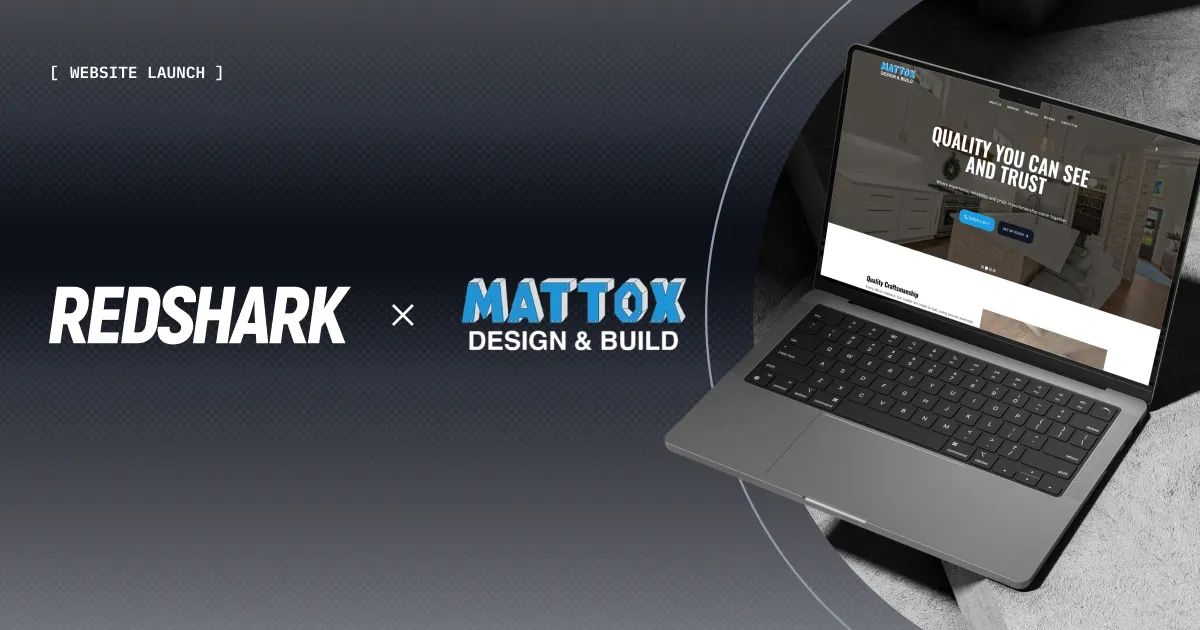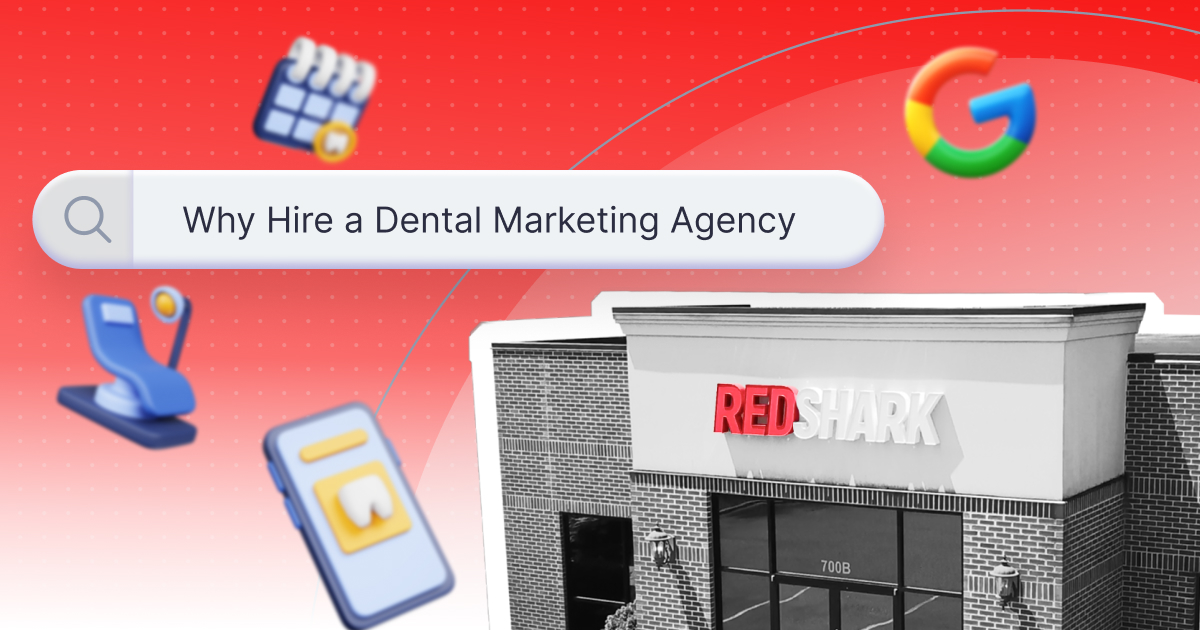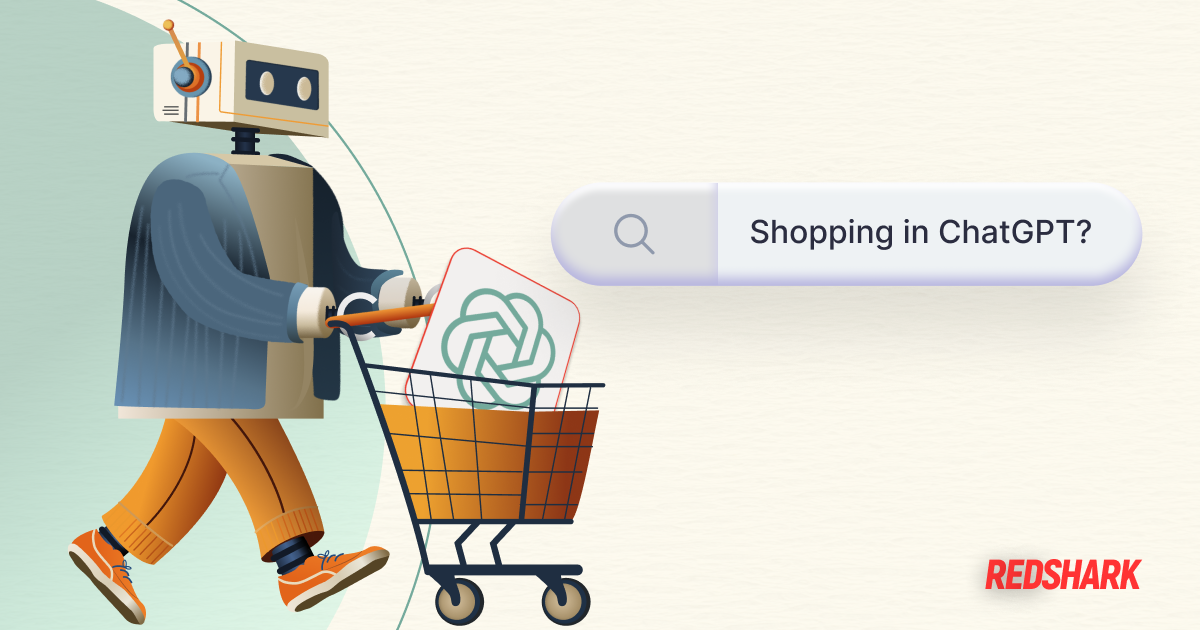
Branding: Twitter vs. Facebook
Branding: Twitter vs. Facebook
Featured & Recent Articles
Branding: Twitter vs. Facebook

Social media has taken over our world with 2.56 billion users globally. It is constantly evolving, so it is important that your brand strategy evolves along with it. There are so many channels in use and each one has a different target audience. So it is important to utilize a different strategy for each.
Facebook and Twitter are two of the most popular social media channels, giving advertisers a broad audience. Both channels are word based, and allow posts to be liked and shared. Although they seem to have the same functions, they are used very differently. Twitter is fast-paced and more about keeping up with trends, whereas Facebook is about connecting users. Both channels are great for marketing, but understanding how to use them correctly is very important to maintain an effective strategy.
A Breakdown of the Basics
- 75% of male internet users are on Facebook, 83% are women
- 22% of the world is on Facebook
- 41% of its users are between the ages of 65-74
- By the end of 2018, there were 2.32 billion active users
- For every one million followers, there is an average of 700 interactions
- 81% of millennials are checking Twitter once a day
- There are 330 million active users monthly
- There are 3 billion Twitter accounts
- 83% of the world’s leaders have an account
- For every one million followers, there is an average of 300 interactions
How Their Differences Will Affect Your Strategy
Twitter and Facebook are large channels for the spread of information, but the strategy to get that information out is different. Twitter is fast-paced, and your brand must be able to post constantly to get the information to the right people at the right time. Content is always moving and trending on Twitter, which is why it is favored by millennials. They can get their information quickly, without having to spend a lot of time reading. Brands can also easily communicate with customers, providing a more one-on-one interaction. A great strategy for brands is to act human. There is a proven higher engagement when a brand’s posts are less corporate and more fun.
When it comes to time, Facebook has the advantage. The Facebook feed runs at a slower pace than Twitter, so your post has a higher chance of being viewed. Twitter only allows each post to be 240 characters, so Facebook allows for more information to be shared. Even though you can share more, that doesn’t mean it’s easier. There is a higher chance that your tweet will be liked than your page being liked on Facebook. Facebook pages must have a more in-depth marketing campaign in order to increase engagement. The advantage Facebook has over Twitter is its targeted reach. Brands are able to focus in on the customers they believe will purchase their products, based on location, age and more.
Unique Marketing Features
- Pages to Watch: With this feature, you can keep track of your competitors pages so you can see what works and what doesn’t when it comes to advertising strategy
- App Analytics: This shows you exactly how users are spending their time on Facebook
- Messenger: This pop-up solution allows potential customers to ask questions and interact with your brand quickly
- “Go Live”: Give your users real-time interaction with your brand
- Twitter Cards: Track your ROI from your ads and see your stats from every campaign
- Anti-harassment: Upkeep a strong reputation and building trust with your audience
The right social media channel is up to you and your brand’s needs. Every brand has different goals and target audiences. There may be some similarities, but Twitter and Facebook deliver information in different ways. It is okay to have a favorite channel, but it is important for brands to integrate branding strategies on all social media channels. The best way to start is to create a profile on each outlet and test it out. Pay attention to what your competition and other well-known brands are doing. Over time you can build a relationship and gain a following, making branding simple.














.png)




.png)
.jpg)



